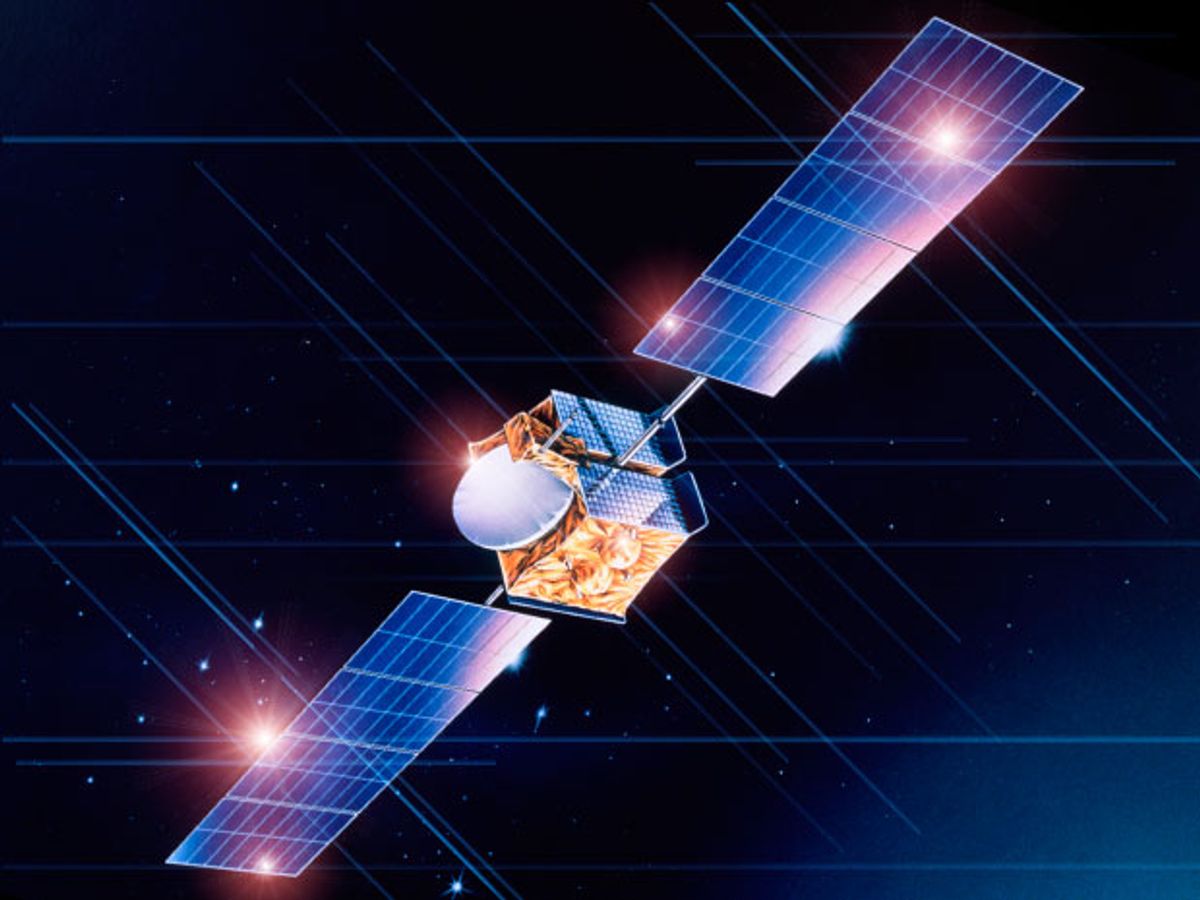Given how hard it is to diagnose failures from thousands of kilometers away, perhaps it shouldn’t be much of a surprise that more than half of satellite electrical failures remain unexplained. According to scientists and engineers at Stanford University and Boston University one culprit could be dust-size particles streaking through space at tens of kilometers per second. These micrometeoroids don’t pack enough punch to get through a spacecraft’s hull. But according to new simulations reported this week in the journal Physics of Plasmas, when these micrometeoroids hit, they vaporize into a plasma that generates a potentially crippling pulse of radio-frequency radiation.
“For the last few decades researchers have studied these hypervelocity impacts and we’ve noticed that there’s radiation from the impacts when the particles are going sufficiently fast,” Alex Fletcher, who worked on the simulation as a student at Stanford University and is now a postdoctoral researcher at Boston University, said in a press release. “No one has really been able to explain why it’s there, where it comes from or the physical mechanism behind it.”
Fletcher’s adviser, associate professor Sigrid Close, came up with a theory that would explain how it works. Space is littered with tiny particles of a microgram or less, most of which are zipping along at 40–50 kilometers per second—more than five times the orbital velocity of the International Space Station. If such a particle whacks into a satellite it vaporizes into a plasma. Fletcher and Close showed that there’s something unusual about the plasma’s behavior that would explain the accompanying RF pulse: The electrons in the plasma outrun the positive ions, creating what looks like a current. As the plasma cloud continues to expand, the ions and electrons pull on each other and spring back together making the current oscillate. And that’s just what you need to generate a broadband pulse of radiation. “It’s like a mini-nuke; it radiates in all the wavelengths we tested,” Close tells IEEE Spectrum.
This is potentially troubling, because the theory predicts RF pulses from even femtogram-scale particles impacting at just 18 kilometers per second. Many particles are bigger, and most are faster. And the pulses can cause a considerably larger electric-field than spacecraft are typically designed to withstand. Satellites are designed to expect about 10 volts per meter, but Close and Fletcher’s work points to microgram meteroids at 60 km/s generating 105 v/m.
“It sounds scary, but the plasmas are tiny and disappear in microseconds,” says Close. “So you have to be unlucky. You have to have sensitive components close to the impact.”
The simulation “is definitely consistent with the theory and the little data we have from space,” says Close. She’s working to get a purpose-built cubesat, to be called Morgana, in orbit to really test things out.
“My dream is interstellar travel—to Alpha Centauri maybe,” she says. And she thinks solving the micrometeroid problem will be essential to that.
Samuel K. Moore is the senior editor at IEEE Spectrum in charge of semiconductors coverage. An IEEE member, he has a bachelor's degree in biomedical engineering from Brown University and a master's degree in journalism from New York University.




